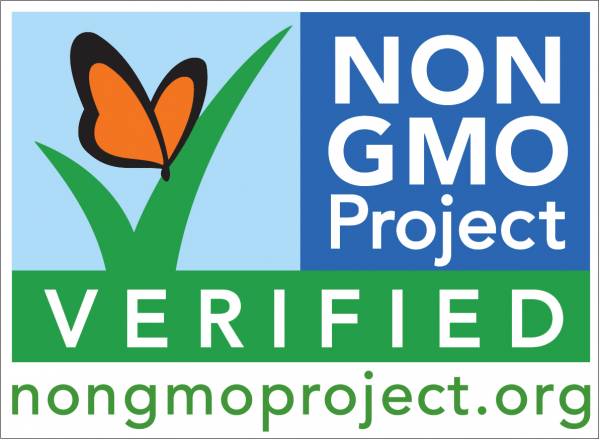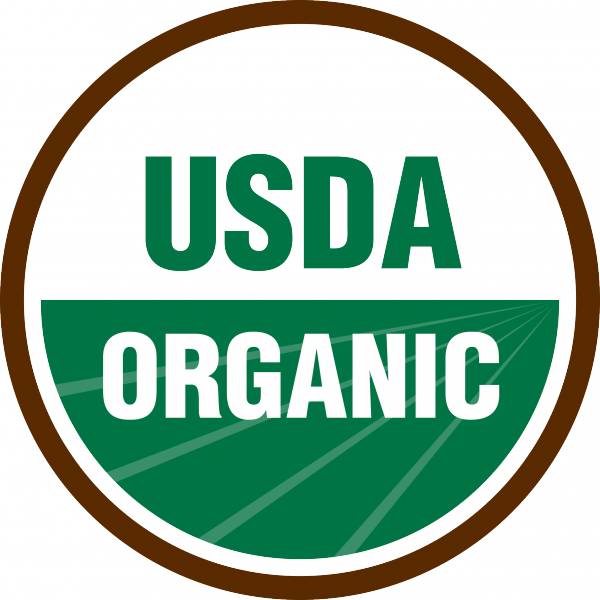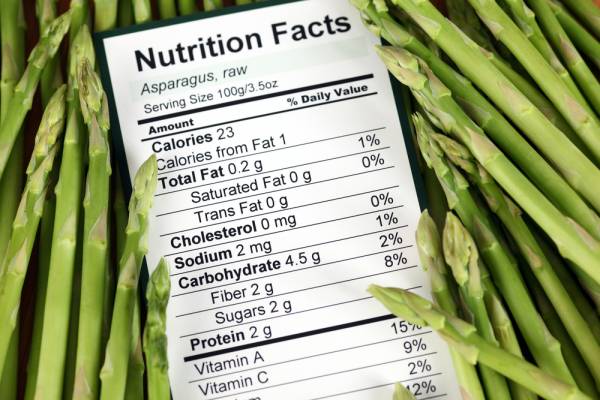I always assumed my food was safe from genetically modified organisms (GMOs) if I purchased it at my local health-food store. But that’s not always true.
Did you know the U.S. government has approved GMOs based on studies conducted by the same corporations that create them and profit from their sales? But these GMOs are banned in over sixties countries, including the entire European Union, Australia and Japan.
Thankfully, we are all waking up and asking, “What exactly is in my food?” And the information and resources available regarding GMO foods has expanded greatly. A Google search for “non-GMO” brings up over one million hits, with the Non-GMO Project being number one.
Background on the Non-GMO Project
The Non-GMO Project is a non-profit organization started various retailers throughout the country. I am proud to live in one of the towns that was at the forefront of the movement. The Non-GMO Project is the only organization that offers third-party verification and labeling for non-GMO foods and products.
“Corn and soy are the most highly genetically modified organisms on our planet and in many processed foods and products.”
There are currently over 20,000 Non-GMO Project verified products. The verification and symbol of the Non-GMO Project is an attribute sought by companies and consumers alike. The project’s vision and shared belief is, “Everyone deserves an informed choice about whether or not to consume genetically modified organisms.”

What Is a GMO?
According to the Non-GMO Project website:
GMOs, or “genetically modified organisms,” are plants or animals created through the gene splicing techniques of biotechnology. This experimental technology merges DNA from different species, creating unstable combinations of plant, animal, bacterial and viral genes that cannot occur in nature or in traditional crossbreeding.
In short, GMO food is franken-food and should be avoided as much as possible. As athletes and people interested in long-term health, you should consider whether you want GMOs in your diet. Since GMOs can easily be hidden in foods and products (even those in health food stores), here are a few ways you can make sure to keep them out of your meals.
5 Simple Ways to Avoid Eating GMO Foods
1. Look for Non-GMO Labeling
The non-GMO Project Verified label means the ingredients are third-party tested and contain no more than 0.9% GMOs. This is the most meaningful reassurance that the foods you are eating are close to100% non-GMO and safe for you to eat.
2. Buy Organic
When you buy 100% certified organic products you are more likely to avoid GMOs than if you buy products labeled as containing “organic ingredients.” To be certified as organic, a product must be made of at least 95% organic content by weight (excluding water and salt). The remaining 5% ingredients must consist of approved substances on the USDA’s National List. GMOs are not on this list, so therefore USDA Organic products are also usually GMO-free.

LEARN MORE: Organic Farm Tour: Is “Organic” What You Think?
3. Shop at Farmer’s Markets
With the demand for more local, free-range, pasture-raised, grass-finished, and organic foods and products, more farmers are able to maintain their organic farms and many new ones are being created. But not every vendor at your farmer’s market will automatically be non-GMO and/or organic.
“Everyone deserves an informed choice about whether or not to consume genetically modified organisms.”
It’s important to ask questions and build relationships with the vendors at your market. Not only do you get to know them on a personal level, you are also supporting them in the best way possible – taking out the middleman when purchasing their goods. Check out this website to find a farmer’s market near you.
4. Read Labels
The most common GMO offenders are high-fructose corn syrup (HFCS), aspartame, MSG, trans-fats, food dyes, sulfur dioxide, and potassium bromate. Many of these ingredients can be found in processed foods and products, even in natural or organic grocery stores. Product labels can be overwhelming to examine. But if you’re buying products with fewer ingredients, i.e. less processed, the labels are easier to read.

5. Be Mindful of Processed Foods
In North America, over 80% of our foods contain GMOs. Corn and soy are the most highly genetically modified organisms on our planet and in many processed foods and products. Other primarily GMO crops include alfalfa, canola, cotton, papaya, sugar beets, zucchini, yellow summer squash, wheat, rice, and flax.
RELATED: CSAs: Buying Into the Community of Food
And not only are humans being directly fed these ingredients, but feedlot and factory farm animals are being pumped up with GMO corn, wheat, and soy to fatten them up before slaughter. So learn where your food comes from and how it is raised, manufactured and produced.
“When you buy 100% certified organic products you are more likely to avoid GMOs than if you buy products labeled as containing ‘organic ingredients.'”
The Take-Home on Non-GMOs
Of course, the easiest way to pick out non-GMO foods is to look for the Non-GMO Project certification label. A few of my favorite food and snack products are:
- Vegan Protein bars and energy bars from Rise Bar
- GoodOnYa organic sports drinks
- Hail Merry raw snacks
- Cal-Organics produce
- Mindful Meats
- Various Organic Valley products
The movement to eradicate GMO crops and avoid GMO foods may seem daunting, but with perseverance, knowledge, and the will to positively increase the health of ourselves, others, and Mother Earth, I believe it is possible.
TAKE ACTION: How Backyard Harvesting Feeds the Hungry
To further educate yourself and your loved ones, check out the links below that contributed to this article. I also recommend watching the documentary Genetic Roulette by Jeffery M. Smith. We must continue to learn more and educate others about GMOs. We are strengthening the movement of getting back to the land and nourishing ourselves in the best way possible – through real foods.
References:
1. “What is GMO? Agricultural Crops That Have a Risk of Being GMO,” accessed October 14, 2014.
2. “Find Non-GMO Verified Products,” last modified September 11, 2014.
3. “10 Reasons to Avoid GMOs,” accessed October 14, 2014.
4. “Top 10 Food Additives to Avoid,” last modified on 23 November 2010.
5. “Consumer Reports Food Safety and Sustainability Center Report on GMOs in Corn and Soy,” ConsumerReports.org.
Photos courtesy of Shutterstock.






